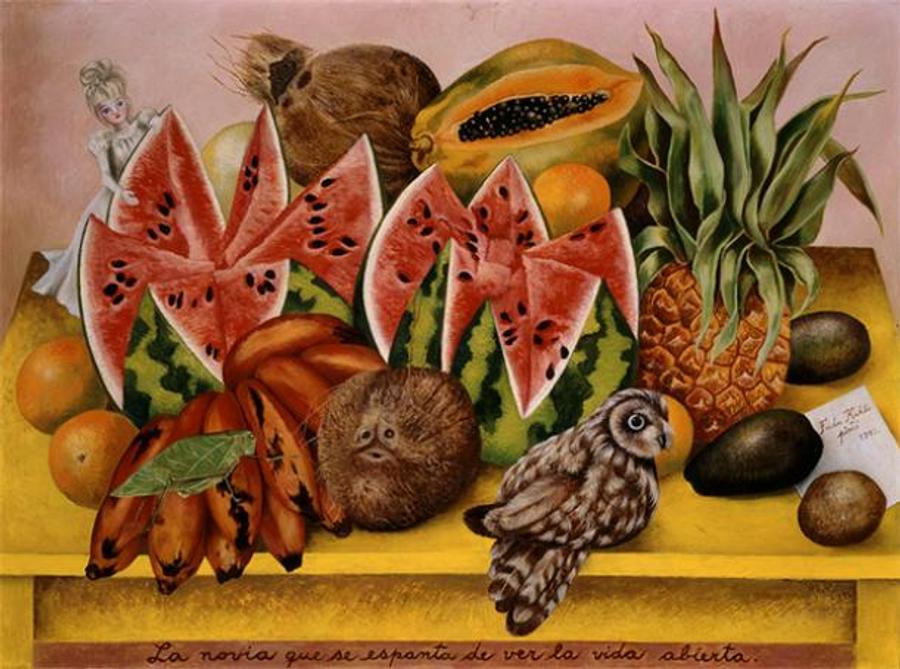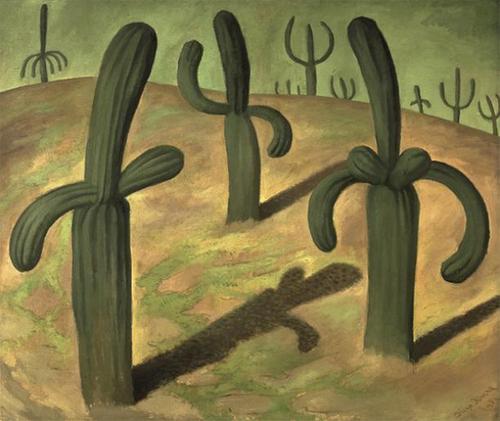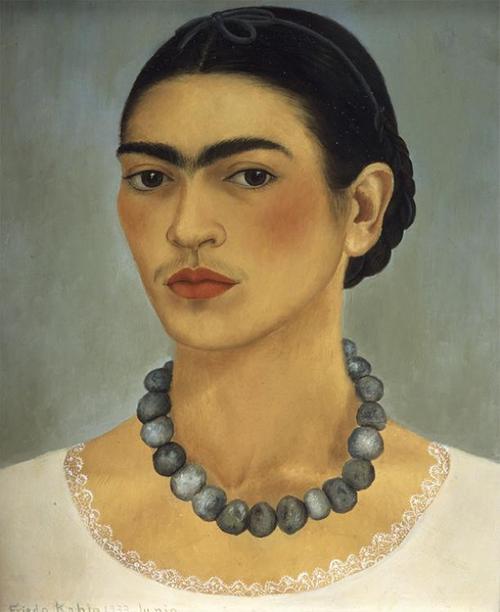


The North Carolina Museum of Art this fall opens Frida Kahlo, Diego Rivera, and Mexican Modernism from the Jacques and Natasha Gelman Collection (October 26, 2019–January 19, 2020). Few
artists have captured the public’s imagination with the force of
Mexican painter Frida Kahlo (1907–54) and her husband, the Mexican
painter and muralist Diego Rivera (1886–1957). The myths that surrounded
these two icons of the 20th century in their lifetime arose not only
from their significant bodies of work, but also from their friendships
(and conflicts) with leading political figures and their passionate,
tempestuous personal relationships.

Frida Kahlo, Portrait of Diego Rivera, 1937, oil on Masonite, 18 1/8 x 12 5/8 in., The Jacques and Natasha Gelman Collection of 20th-Century Mexican Art, The Vergel Foundation, Conaculta/INBA, © 2018 Banco de México Diego Rivera Frida Kahlo Museums Trust, Mexico, D.F./Artists Rights Society (ARS), New York.
“Frida Kahlo, Diego Rivera, and Mexican Modernism from the Jacques and Natasha Gelman Collection will emphasize a remarkable chapter in art history that is at once Mexican and global,” says Museum Director Valerie Hillings. “Diego Rivera’s personality, politics, and monumental, social realist murals made him a celebrity during his lifetime. While he once overshadowed his equally talented wife, Frida Kahlo’s fame has far outstripped her husband’s in the years since her death. The NCMA is honored to present this exhibition and Luces y Sombras: Images of Mexico | Photographs from the Bank of America Collection, which will celebrate these artists’ culture of origin as well as the diverse sources of influence they drew upon in creating their distinctive oeuvres.”
Kahlo and Rivera’s works are varied in scope and inspiration. She is best known for her self-portraits, while he worked as a large-scale muralist in Mexico and the United States. Kahlo’s work is deeply personal, often depicting her own dreams, painful personal experiences, and affinity with Mexican culture, while Rivera’s pursues larger looks at history and cultural revolution. Both artists forged the way for Mexican art as a significant element of the 20th century and beyond.
Similarly important is the legacy of two of Kahlo and Rivera’s patrons, Jacques and Natasha Gelman. The Gelmans became Mexican citizens in 1942 and began amassing Mexican art, sustaining a growing collection of Mexican modernists, like Kahlo and Rivera (with whom they became close friends), as well as their compatriots Rufino Tamayo, David Alfaro Siqueiros, and others. Their unparalleled collection shows the richness of Mexican art through painting, drawing, photography, and film.

Frida Kahlo, Portrait of Diego Rivera, 1937, oil on Masonite, 18 1/8 x 12 5/8 in., The Jacques and Natasha Gelman Collection of 20th-Century Mexican Art, The Vergel Foundation, Conaculta/INBA, © 2018 Banco de México Diego Rivera Frida Kahlo Museums Trust, Mexico, D.F./Artists Rights Society (ARS), New York.
“Frida Kahlo, Diego Rivera, and Mexican Modernism from the Jacques and Natasha Gelman Collection will emphasize a remarkable chapter in art history that is at once Mexican and global,” says Museum Director Valerie Hillings. “Diego Rivera’s personality, politics, and monumental, social realist murals made him a celebrity during his lifetime. While he once overshadowed his equally talented wife, Frida Kahlo’s fame has far outstripped her husband’s in the years since her death. The NCMA is honored to present this exhibition and Luces y Sombras: Images of Mexico | Photographs from the Bank of America Collection, which will celebrate these artists’ culture of origin as well as the diverse sources of influence they drew upon in creating their distinctive oeuvres.”
Kahlo and Rivera’s works are varied in scope and inspiration. She is best known for her self-portraits, while he worked as a large-scale muralist in Mexico and the United States. Kahlo’s work is deeply personal, often depicting her own dreams, painful personal experiences, and affinity with Mexican culture, while Rivera’s pursues larger looks at history and cultural revolution. Both artists forged the way for Mexican art as a significant element of the 20th century and beyond.
Similarly important is the legacy of two of Kahlo and Rivera’s patrons, Jacques and Natasha Gelman. The Gelmans became Mexican citizens in 1942 and began amassing Mexican art, sustaining a growing collection of Mexican modernists, like Kahlo and Rivera (with whom they became close friends), as well as their compatriots Rufino Tamayo, David Alfaro Siqueiros, and others. Their unparalleled collection shows the richness of Mexican art through painting, drawing, photography, and film.